
Cabinets play such an important role when it comes to any design or space.
And there are a lot of different options when it comes to choosing your cabinetry. These options can include prefab cabinets versus custom cabinetry; then you have the door style, paint, and stain options, inset or overlay, etc.
Many intricate details within cabinetry play in the overall design of your space.
Most people don’t know and are surprised when picking their cabinetry because not all cabinets are equal. What I mean by this is not all cabinets are made the same, cost the same, or hold up the same; they’re all just simply not the same.
Often we all expect custom cabinetry for the prefab price tag, which unfortunately isn’t the case.
Some major differences that set cabinets apart are how they are made. We typically divide them into three different categories: custom, semi-custom, and prefabricated.
Choosing which one will best suit you and your project can be difficult. We’ve come up with a list to help you decide which will be the best fit for your project.
Today we want to share with you the difference and pros and cons of prefab, semi-custom, and custom cabinetry to help you in your decision.
Prefab Cabinets vs. Custom Cabinetry
Prefab Cabinetry
Basic prefab cabinetry can be a big money saver. When it comes to prefab cabinets versus custom cabinets, the core difference is that at its core, prefabricated cabinets are a “what you see is what you get” product.
We often do prefab cabinetry in bathroom spaces. We strongly urge you to stay away from prefab cabinetry when it comes to kitchens, but bathrooms are a more practical use for a prefab cabinet.
It’s cost-effective and has more straightforward designs.
If your space is smaller and pretty straightforward, you can probably get away with prefab cabinetry. With prefab cabinetry, the options such as sizes and finishings are limited.
You know the vanities you see in any local home improvement store that you can buy right off the floor; those are prefab cabinets. The price tag always looks appealing when it comes to prefab, but if this is an area you have been dreaming about and saving up for, cabinetry is where we suggest you splurge, so you’re not remodeling this same space again in a few years due to its poor quality.
Bathroom prefab cabinetry also usually comes with a sink and countertop. This can be both a pro and a con at times.
Again, it’s another cost saver, but then your options are limited, and the holes for your faucet will already be predrilled, so your option for that will be limited as well.
Here’s an example where we used a prefab vanity, and it worked well within the space.
Pros: Cost Efficiency and Turnaround Time
Prefabricated cabinets are extremely cost-efficient, and the turnaround time is relatively quick. Often in areas where cabinets aren’t the focal point, such as a laundry room or a mudroom, these cabinets can be utilized very well.
Some suppliers usually have samples or entire cabinets to see, feel, touch, and visualize in the desired space. While others, you’re taking your chances from visuals online and hoping it shows up looking the same.
Cons: Limited Options
With cost-efficiency, durability can also take a hit. The paint on prefabricated cabinets isn’t poor by any means, but it probably won’t stand up to the same as a custom cabinet paint job.
And with prefab, you can rarely paint over it. Options on cabinets are also relatively limited.
There aren’t as many options to choose from, limiting you if you have a unique space.
Semi-Custom Cabinetry
Semi-custom is a mix between prefabricated and custom, the happy medium in the prefab cabinets versus custom cabinetry debate. You get the prefab quality and have some options for customization, but definitely, not all the options that fully-customed ones would allow.
Within our projects, especially in the kitchen, we stick to semi-custom and custom. Semi-custom comes at a lower price tag than custom. However, you can still get those simple details designed out, such as in this kitchen we did here with the custom floating shelves integrated and the cabinetry work around the microwave.
With prefab, these changes would not be allowed as they only have standard cabinetry box sizes.

They’re also quick to ship, fairly diverse in selections, and have a good end product. Here are some pros and cons when considering whether semi-custom cabinets are a good choice for you.
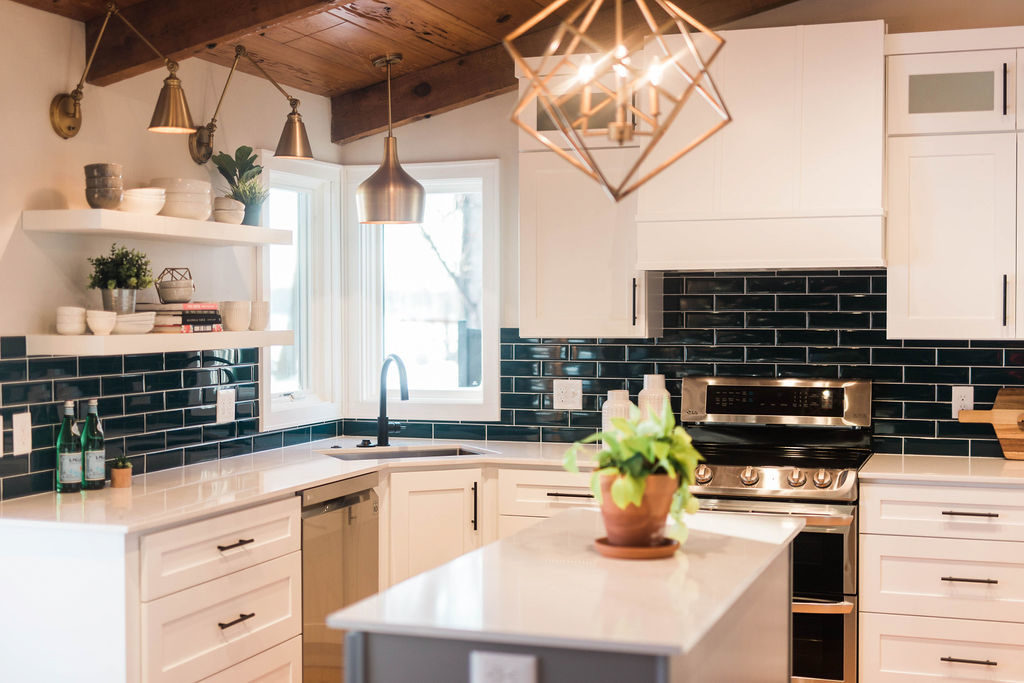
Pros: Great Options and Variety of Selections
Semi-custom cabinet lines offer a great variety of selections. They have multiple colors/stains to choose from as well as different styles for the cabinet itself. Indeed this cabinet is prefabricated, meaning it was mass-produced in a warehouse somewhere, but the quality is similar to a custom cabinet.
You have more options for sizes of cabinets that can also be adjusted with semi-custom. This makes choosing the layout of your kitchen less of a headache.
So, for example, we could take this bathroom vanity and customize it to a size that fits snugly into this opening. With prefab, this wouldn’t have been an option, and more than likely, there would have been gapping on both sides, creating more area to dust and clean.
They also offer a wide variety of moldings that match or coordinate with the cabinetry. Turnaround time can be anywhere from one week to one month, depending on the supplier.

Cons: Paint Quality
I would say the biggest downfall to using semi-custom cabinets is the paint quality. Time and time again, we see a huge difference between the paint job on custom versus semi-custom cabinets.
Not to say that semi-custom is bad, the customs line is just that much better. Mass production definitely brings down the cost of labor, but naturally, it brings down the quality as well.
Often semi-custom lines will come with “fillers” to place between cabinets.
This creates the desired measurements from one end to the other. For instance, if you have a wall that is 75 inches from end to end and you have two lower cabinets that are 36 inches wide together, they only span a total distance of 72 inches.
So a 3-inch filler is placed in between the cabinets to ensure a tight fit to each wall.
The filler, if done correctly, can be practically unnoticeable, but for most areas, it’s much cleaner and a better end product when you can use no filler.
Custom Cabinetry
First off, what is custom cabinetry?
Simply put, it’s cabinetry that someone specifically built for your specific project. With this option, the maker buying material and building the cabinet in his shop is a custom cabinet maker.
Most cabinet shops will come out to your home, take exact measurements of the space, and build either on-site or in a shop.
Custom cabinetry is crucial for spaces where you need your cabinets to fit tight and flush in the designated space. Here are a few projects of ours where Jamie built them to fit perfectly within a space, wall to wall, and/or floor to ceiling.
But with custom cabinetry also comes a lot of detailed time. Cabinet makers spend weeks on end building out your perfect end product, but we promise it’s well worth the wait and investment.
Custom cabinetry is our favorite, and you can see here, why. However, it also comes with the highest price tag.
One of my favorite things I like to point out with custom cabinetry is that you know that small gap or spacing oftentimes in a kitchen above the cabinetry and before it hits the ceiling? The place you can’t put anything on and also is just a dust collector?
With custom cabinets, this allows you to carry your cabinets to the ceilings.
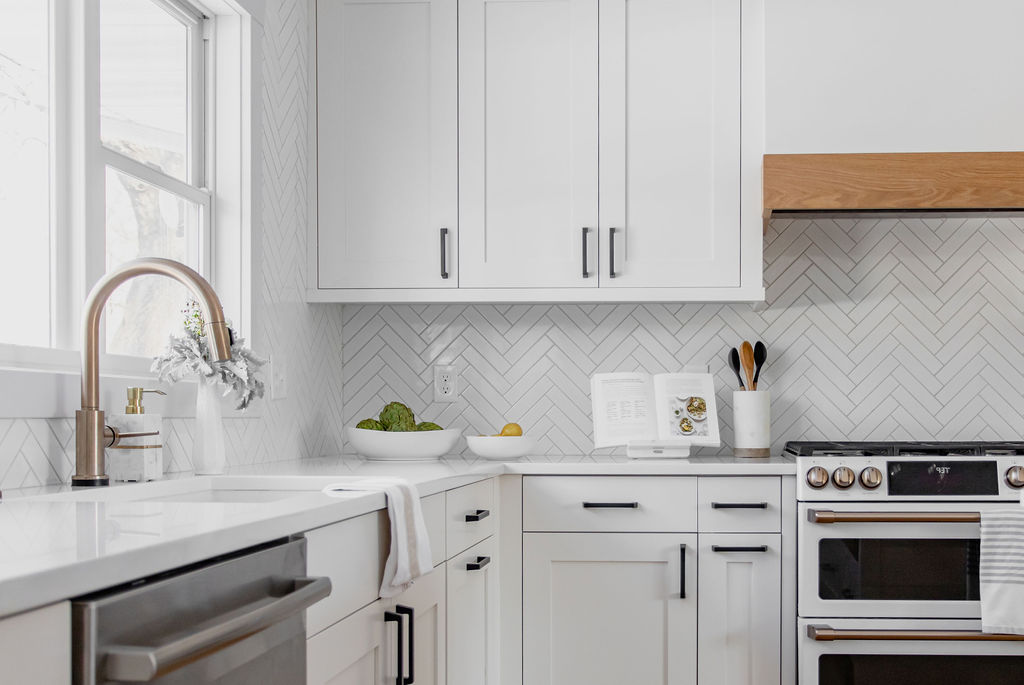
Custom cabinetry in this project of ours was built by the Jkath cabinet shop.
Now that we know what custom cabinetry is, let’s look at why you might want to use custom cabinets in your home.
Pros: Top-Notch Product
When it comes to prefab cabinets versus custom, custom cabinetry is the best possible product you can buy. The quality of a custom cabinet is top-notch, and you won’t find anything of higher quality.
Cabinet makers often have their pieces sprayed in a paint shop and properly cured. This process leads to minimal cracking, increased durability, and an overall better finish on the cabinet.
The opportunities are virtually endless. With a custom cabinet maker, they can meet your demands more realistically or creatively.
If you want a 13.5-inch wide cabinet that would be virtually impossible to find with a prefabricated cabinet line, a custom cabinet maker would be able to accommodate those specific requests. You can also choose any color you’ve dreamt of, whereas that is not an option with prefab.
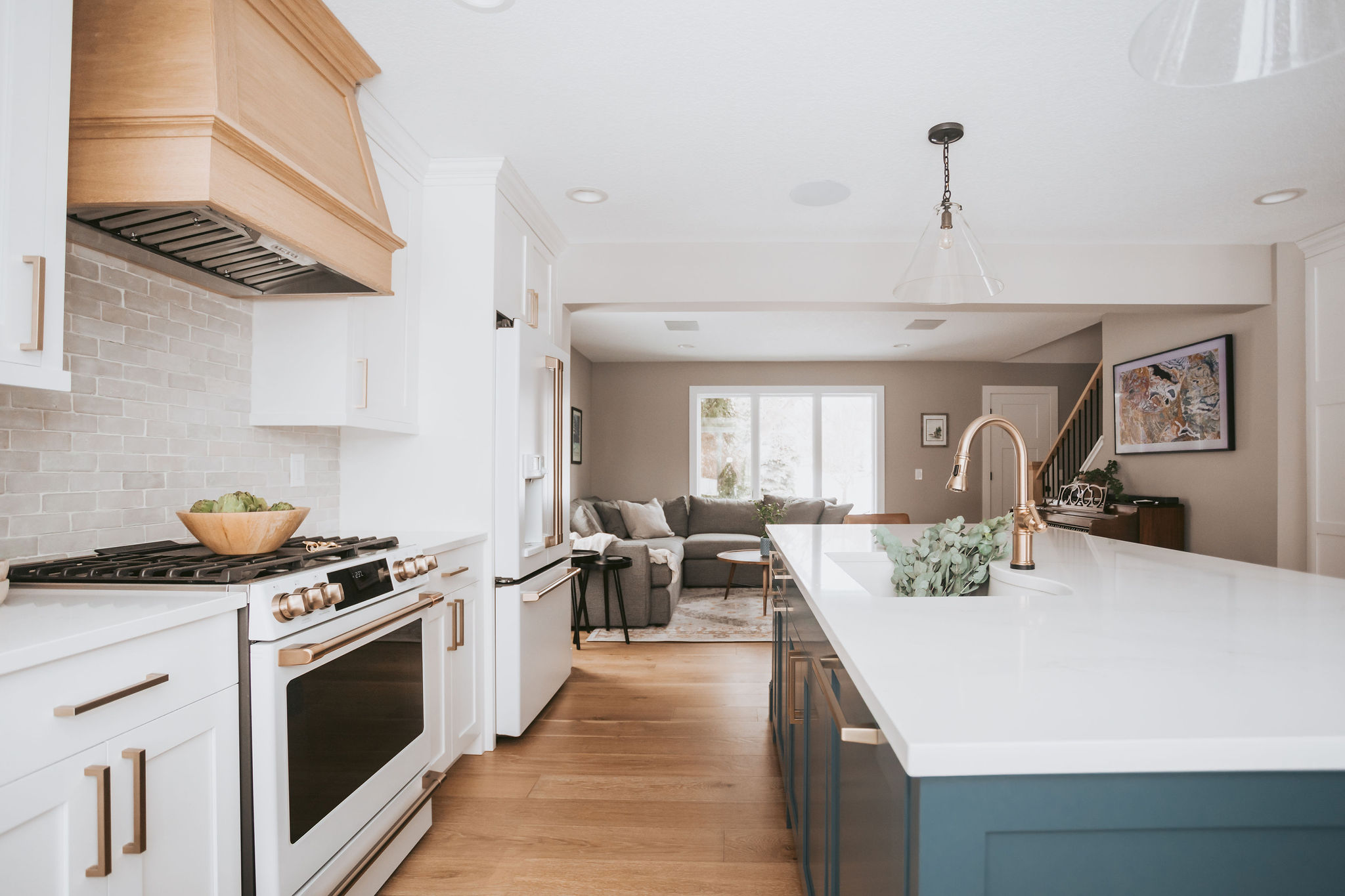
Cons: High Price Point
Customer cabinetry is the best that money can buy quality-wise, which means it is at a higher price point. Custom cabinets are expensive, and they should be.
But this is the biggest deterrent when it comes to selling them to clients. For instance, in a standard kitchen size, a line of custom cabinets can cost anywhere from $30-$60k.
Time can also be a big factor. If you’re looking to do a quick flip or only want to be under construction for a month, quality custom cabinetry probably isn’t going to work within your timeline.
Building custom cabinets can take anywhere from 2-8 full weeks of manual labor, just depending on the size of your project, and now with material lead times, it can take even longer.
Which one should I use?
We advise that you take all of these recommendations into consideration when choosing what kind of cabinet to use. First, identify the space where you want to put the cabinets. Then know your budget. And finally, find the right supplier.
Suppose it’s a high-traffic area used for entertaining, perhaps something more visually appealing with more options to choose from with the supplier. Is this your forever home, and you’ve been dreaming and saving up for this space for years?
Are you moving soon? Are you looking to profit from this remodel one day?
We always suggest custom over any other option. And this is because, in our opinion, it makes the space look a million times better.
And you will avoid multiple headaches.
Finding the right supplier is the next step, whether it be a cabinet maker or a wholesaler. Finding the right person can help you narrow down what you are looking for and help you with your decision-making, whether it be color, size, style, etc.
Having a prioritized budget in mind would be our best piece of advice for any project.
We hope this helps! Also, feel free to reach out for any recommendations on custom, semi-custom, and prefabricated cabinet suppliers. We’re always looking for recommendations!
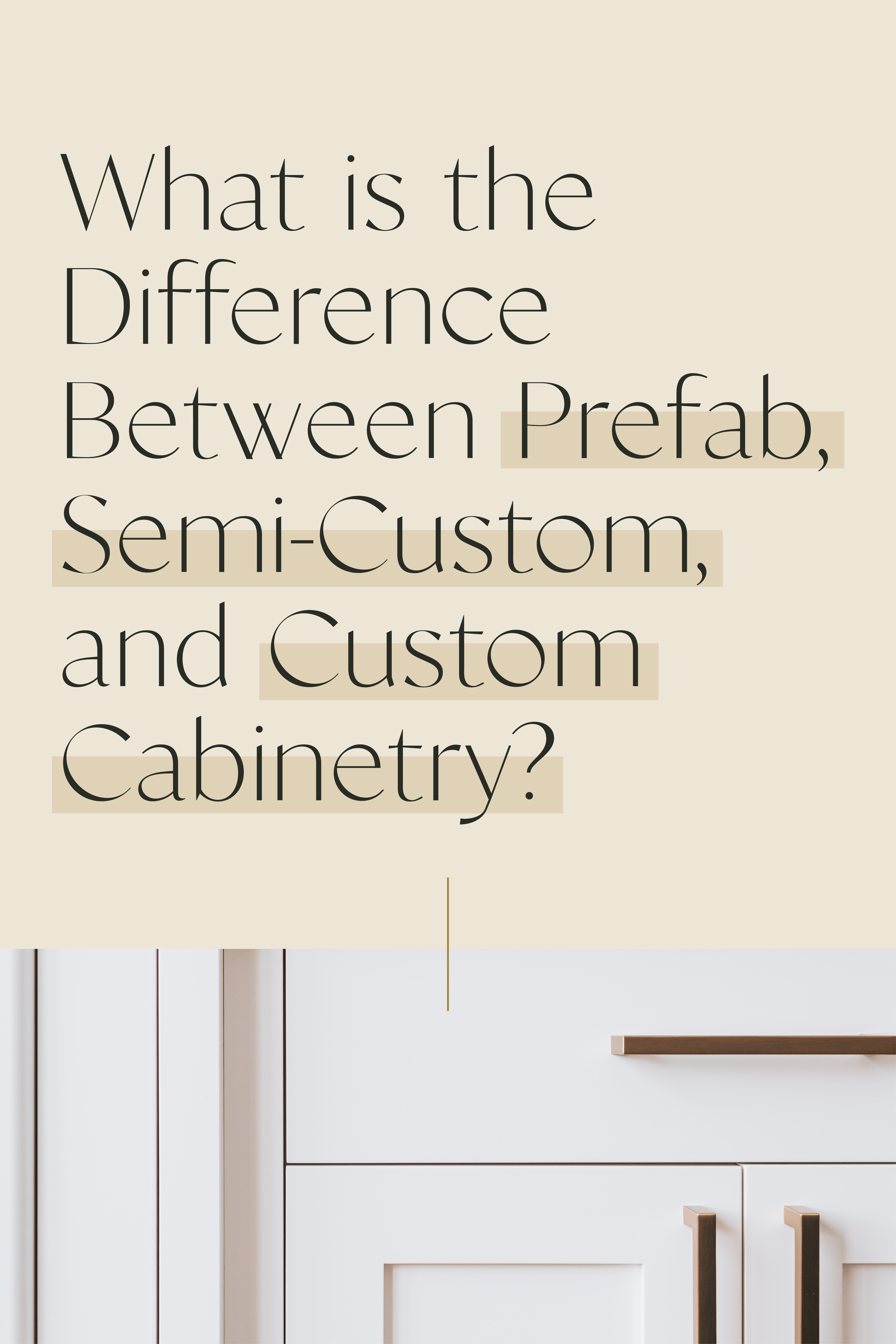
The Difference Between Prefab, Semi-Custom and Custom Cabinetry
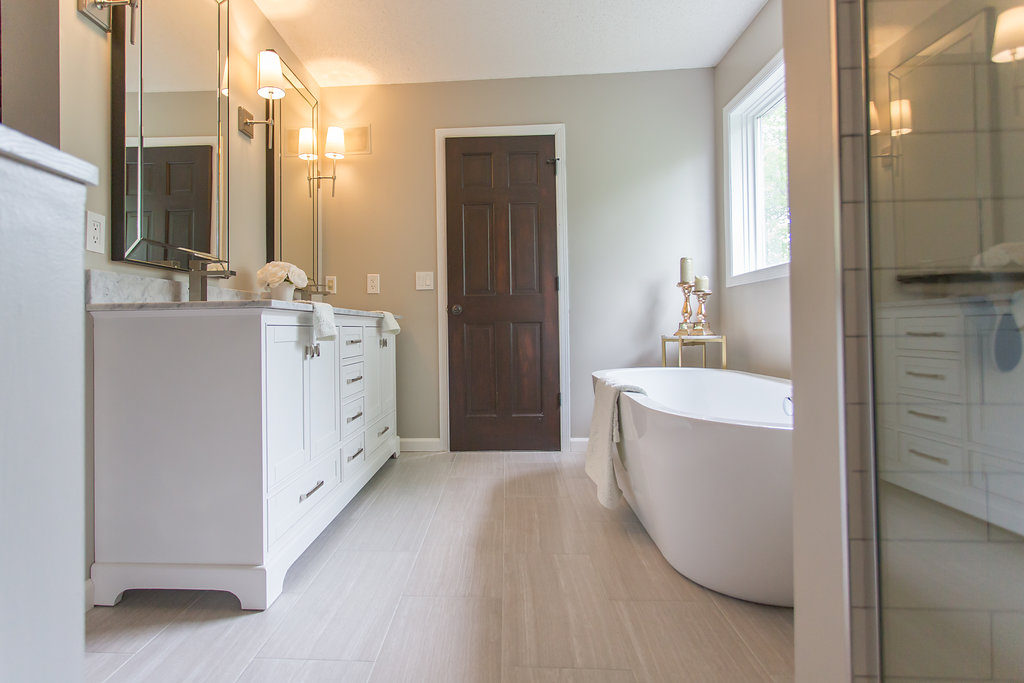



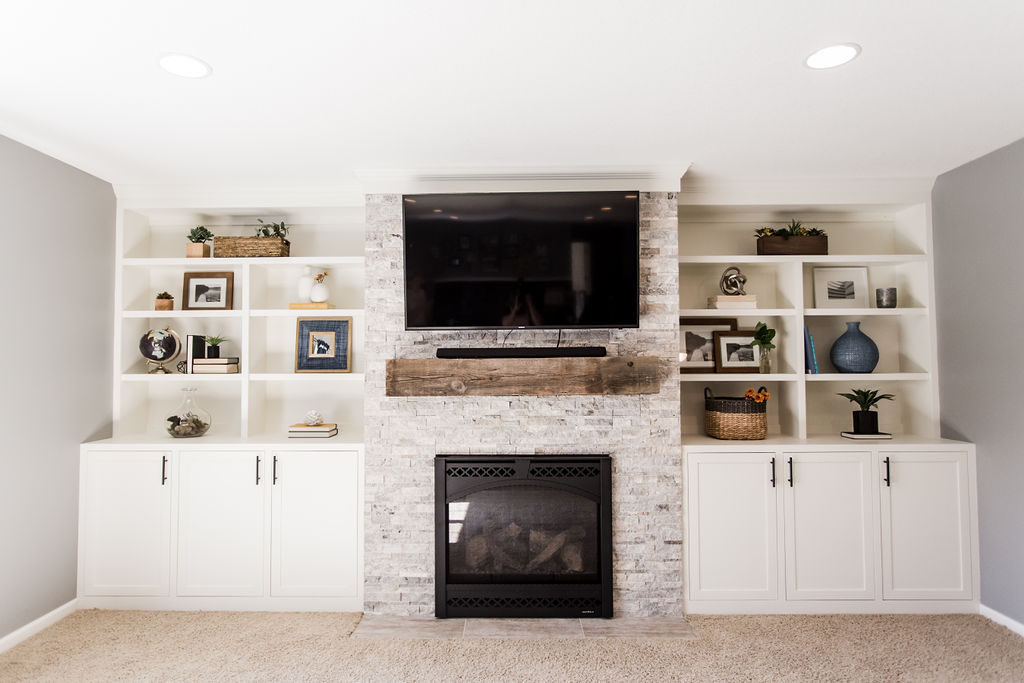
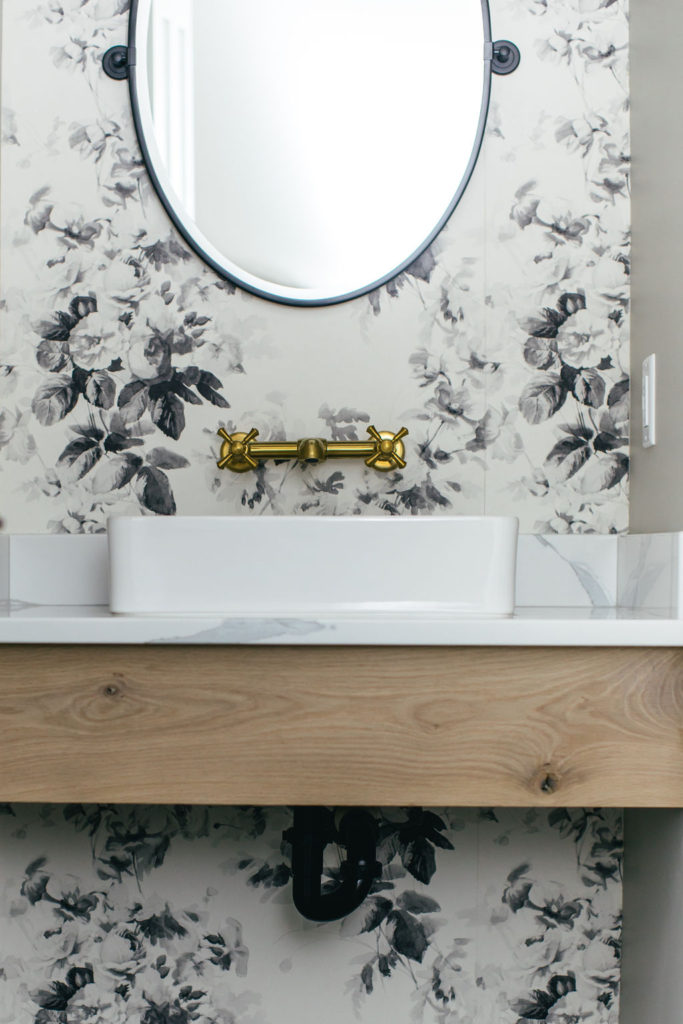

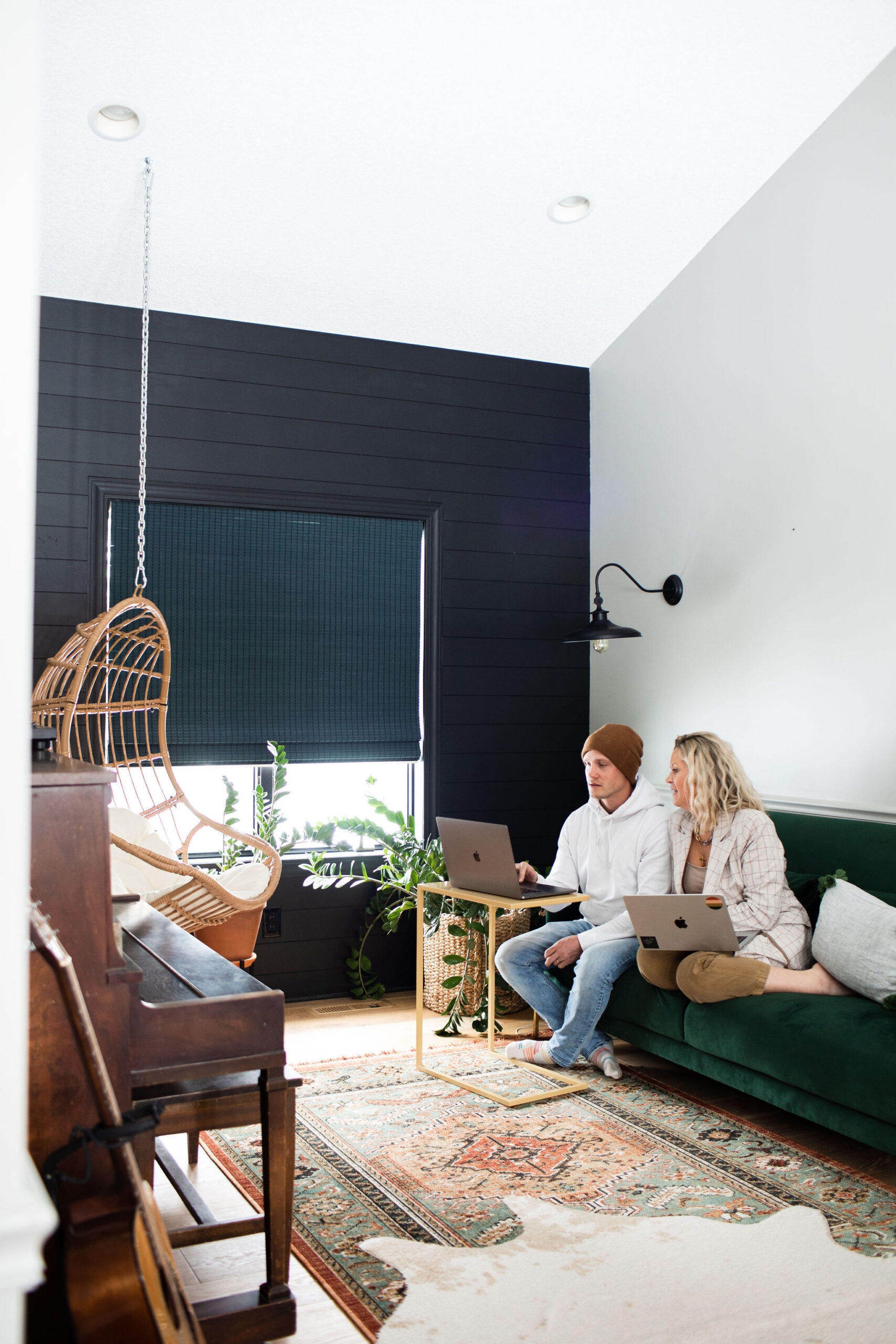
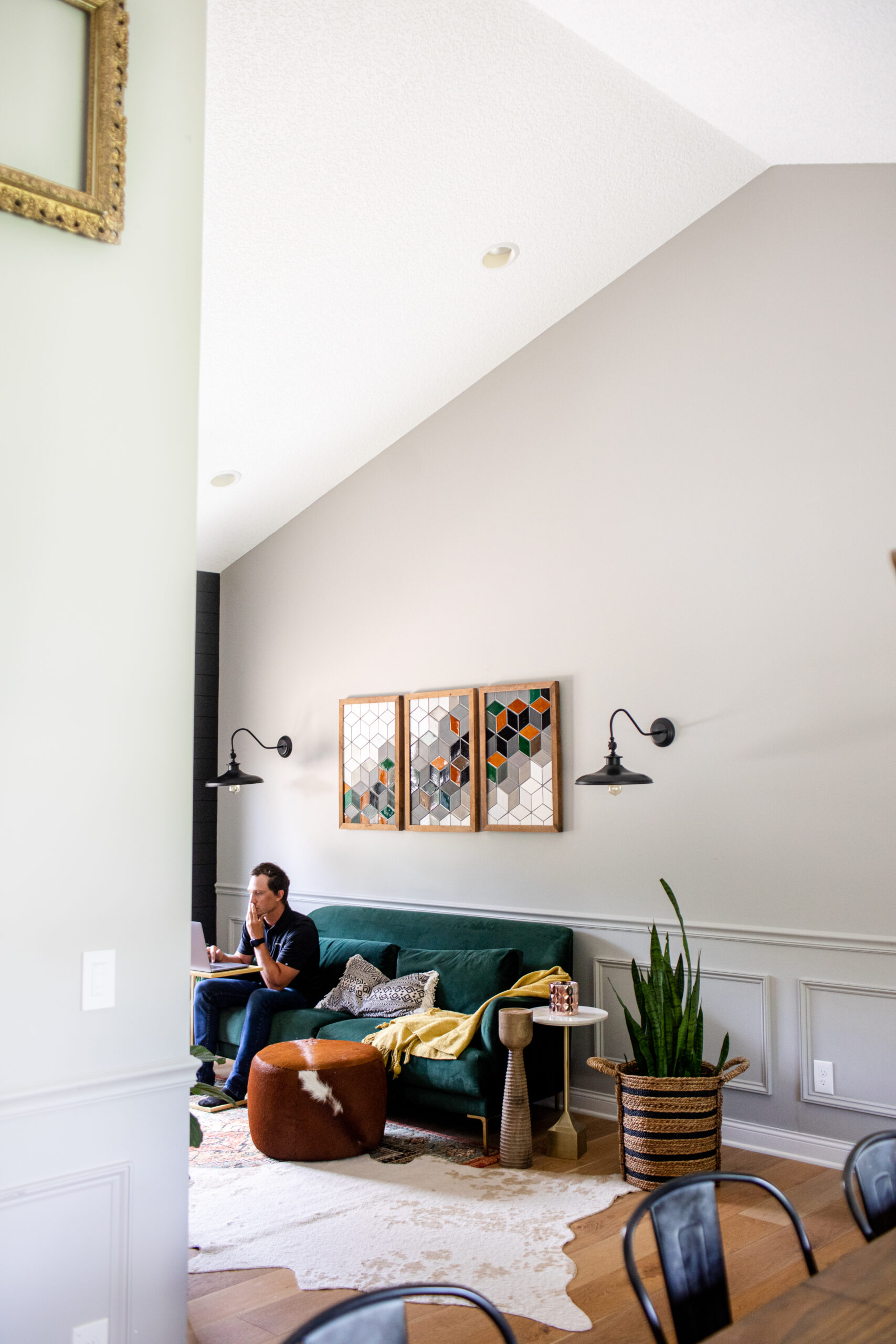
Thanks for sharing that because a custom cabinet is top-notch, it is one of the best possible products you can buy. That is the kind of materials and additions I want in my home. Things that will raise my home’s value so I can sell it for more when I leave.